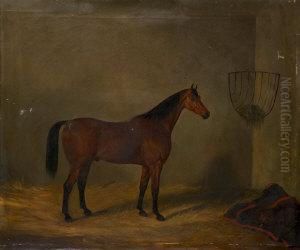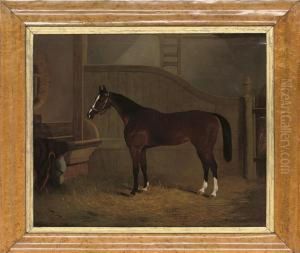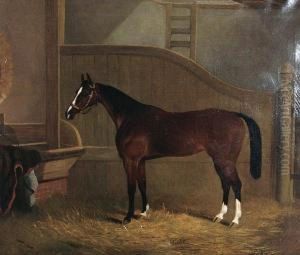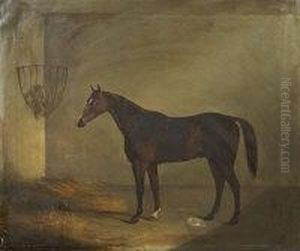C. Tanner Paintings
Henry Ossawa Tanner was an American artist whose work gained international acclaim, positioning him as a leading figure in both American and European art scenes of his time. Born on June 21, 1859, in Pittsburgh, Pennsylvania, Tanner was the eldest of nine children in a family deeply rooted in religious and educational pursuits. His father, Benjamin Tucker Tanner, was a bishop in the African Methodist Episcopal Church, and his mother, Sarah Miller Tanner, was a former slave who had escaped through the Underground Railroad. The family's emphasis on education and spiritual growth significantly influenced Tanner's character and thematic choices in his artistic work.
Tanner's initial exposure to art came from his time in Philadelphia, where he attended the Roberts Vaux Consolidated School and later the Pennsylvania Academy of the Fine Arts. It was here, under the tutelage of Thomas Eakins, that Tanner honed his skills and developed a keen interest in depicting the human condition, particularly focusing on themes of faith and spirituality. Despite facing racial discrimination in the United States, Tanner's early works, such as 'The Banjo Lesson' (1893) and 'The Thankful Poor' (1894), showcased his profound ability to portray African American life with dignity and depth.
In 1891, seeking an environment where he could work free from the racial prejudices of America, Tanner moved to Paris. This decision marked the beginning of his international career. Paris, known for its more liberal attitude towards artists of all races, provided Tanner with the creative freedom and recognition he had long sought. He enrolled at the Académie Julian and was influenced by the French Realists and Impressionists, which led to a gradual evolution in his style. Tanner's religious paintings, such as 'Daniel in the Lions' Den' (1895) and 'The Resurrection of Lazarus' (1896), received critical acclaim in France and won him awards, including an honorable mention at the 1896 Paris Salon, a prestigious accomplishment.
Tanner's success in Europe did not sever his ties with the United States. In 1893, he was appointed as the United States' representative to the International Exhibition of Art and Industry in Paris. His work continued to be exhibited in the U.S., including at the 1900 Paris Exposition where he was awarded a silver medal. Throughout his career, Tanner remained a significant figure in promoting African American art and culture, often speaking about the challenges and opportunities for black artists in the United States and abroad.
Henry Ossawa Tanner died on May 25, 1937, in Paris, France. His legacy endures not only through his contributions to art but also through his efforts to bridge cultural and racial divides through the universal language of painting. Tanner's work is celebrated in museums around the world, serving as a testament to his pioneering role as an African American artist on the international stage.



